Wednesday, January 27th
10:00 am – 4:00 pm
Paley Library Lecture Hall
Why? Because there is never enough Scarlatti!
Domenico Scarlatti 1685 (same year as J.S. Bach!) – 1757
Domenico Scarlatti’s keyboard sonatas, expressive and elegant, quintessentially baroque, transport the listener to a time of grace and beauty with the charm and freshness of the Spanish and Portuguese countryside. One would never guess that the composer of this gorgeous music had a difficult beginning to his career.
A Coming of Age Story
Being born into a family of musicians undoubtedly can and usually does provide many benefits, but for the young and extraordinarily talented Domenico Scarlatti, a typical father-son competition ensued. An authoritarian father with a fragile ego, Domenico’s father, opera composer Alessandro Scarlatti, placed obstacles in the way of his own son’s career. Alessandro first sent Domenico, at age fifteen, to Naples, then to Florence, back to Naples, forcibly removed him from his positions in Naples and from Rome, and eventually sent Domenico to Venice. However, a talent like Domenico’s cannot easily be hidden. In Venice, Domenico participated in a keyboard competition with Georg Frederic Handel. Handel proved superior on the organ, but tied with Domenico on the harpsichord. Handel said about Scarlatti that “besides his great talents as an artist he had the sweetest temper, and the genteelest behavior,” and the two held each other in mutual esteem. While in Rome, Marquis de Fontes, Portuguese ambassador, noticed Domenico’s extraordinary talent, which later led to Scarlatti’s appointment in Lisbon as the Maestre of the Royal Chapel to Juan V. In Lisbon, Scarlatti taught Maria Barbara, who was to become the Queen of Spain. Scarlatti also met Carlos Seixas, and through him learned to combine Andalucian folk melodies into his music.
Flamenco, Seguidilla, Fandango!
As you listen to this music, you may find yourself tapping your toes! That’s ok! Andalucian folk music sounds a little like flamenco. Gypsies created flamenco combining Spanish, Moorish, and Jewish melodic and harmonic elements from the folk music of the Andalucian peninsula. Melodically, Andalucian folk music uses phrygian mode but in the Moorish version, e, f, g sharp, a, b, often with a tension between the g and g-sharp. Harmonically, these folk songs often switch between major and minor keys, using the same melodies in first one, then in the other mode. Scarlatti incorporated these techniques into his music and also included dance-like passages from flamenco, bulerias, seguidilla, fandango (3/8 time), and canarios. On the humorous side, the theme for the Cat’s Fugue K30, was said to be invented from a kitten’s steps on a keyboard.
Our Artists

Professor of Early Keyboard
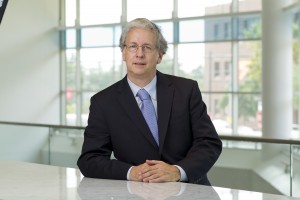
Chair, Keyboard Studies
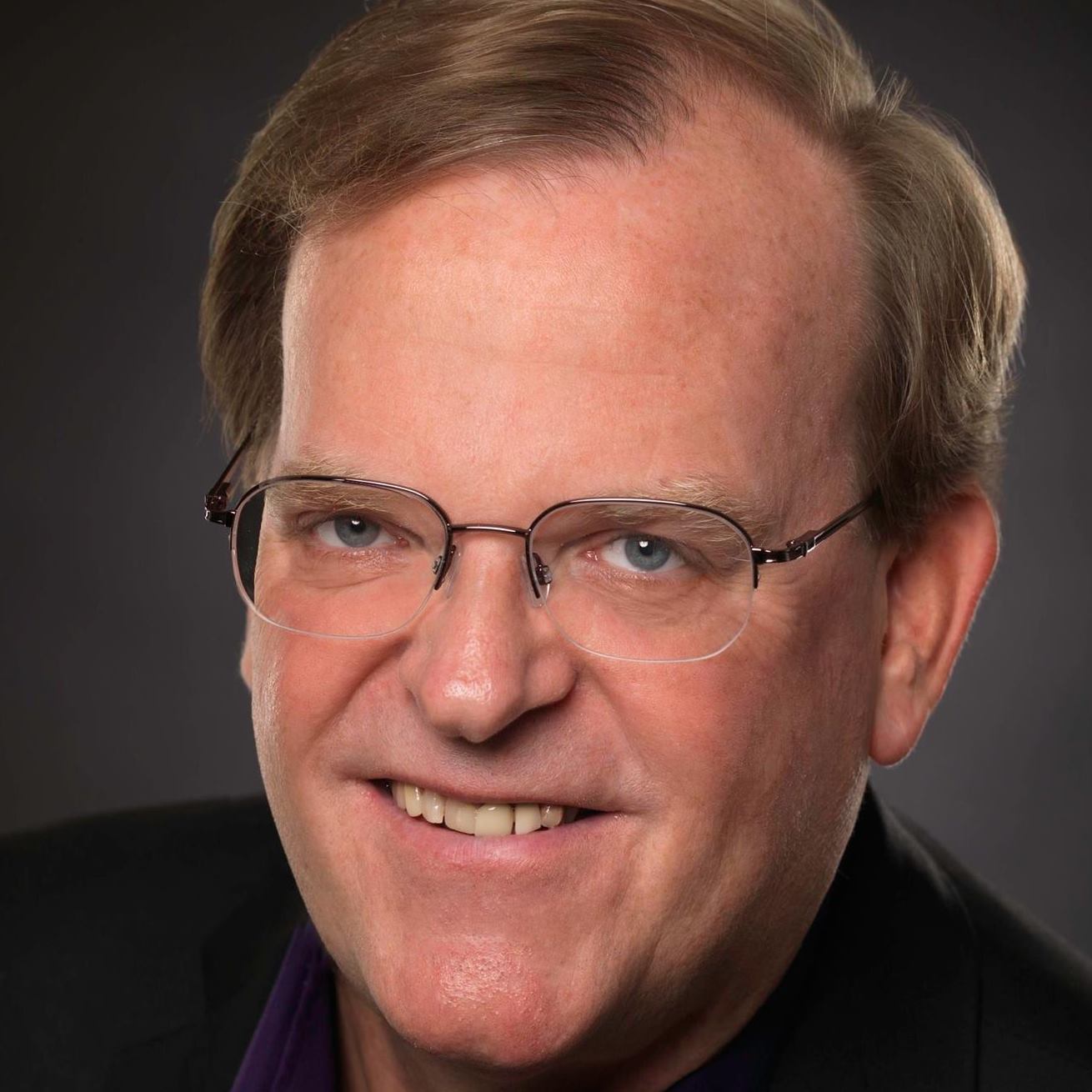
Temple faculty
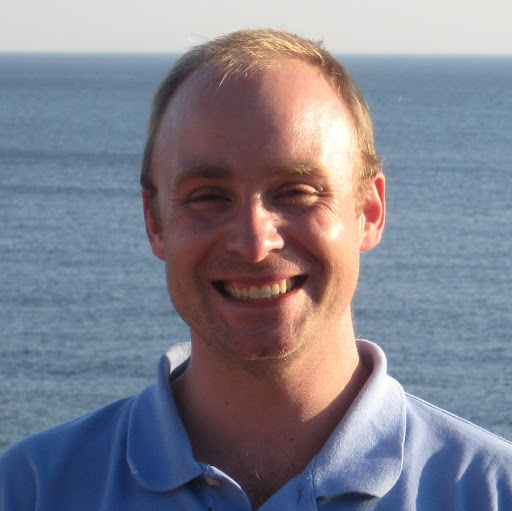
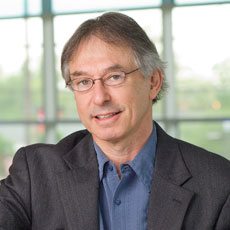
Our Scarlatti Marathon will feature performances by Temple’s world-renowned faculty including Joyce Lindorff, Charles Abramovic, Clipper Erickson, Allen Krantz, and Ted Latham. Joining the faculty will be Boyer all-star student artists on the harpsichord, piano, and guitar.
Scarlatti Marathon – A Sparkling Celebration of Music!
Come for a little, stay for a while!
Wednesday, January 27th
10:00 am – 4:00 pm
Paley Library Lecture Hall
Light refreshments served. Boyer recital credit given.
Be prepared to be dazzled!
*********************
Contest! Answer this question about Scarlatti to win a $10 Barnes & Noble gift certificate!
Listen to Scarlatti’s music!
Domenico Scarlatti on YouTube.
Domenico Scarlatti on Naxos Music Library. (requires Temple authentication)
Find out more!
Boyd, Malcolm. Domenico Scarlatti, Master of Music. London: Weidenfeld and Nicolson, 1986.
“Domenico Scarlatti”. Encyclopædia Britannica. Encyclopædia Britannica Online.
Encyclopædia Britannica Inc., 2016. Web. 14 Jan. 2016
<http://www.britannica.com/biography/Domenico-Scarlatti>.
Kirkpatrick, Ralph. Domenico Scarlatti. Princeton: Princeton U. Press, 1953.
Pagano, Roberto. Alessandro and Domenico Scarlatti: Two Lives in One. Trans. Frederick Hammond. Hillsdale, N.Y.: Pendragon, 2006.
, et al. “Scarlatti.” Grove Music Online. Oxford Music Online. Oxford University Press. Web. 22 Dec. 2015.<http://www.oxfordmusiconline.com/subscriber/article/grove/music/24708pg7>.
Sitwell, Sacheverell. A Background for Domenico Scarlatti, 1685-1757: Written for his Two Hundred and Fiftieth Anniversary. Westport, Conn.: Greenwood Press, 1970.
Vidali, Carole Franklin. Alessandro and Domenico Scarlatti: a Guide to Research. New York: Garland, 1993.
Williams, Peter, ed. Bach, Handel, Scarlatti, Tercentenary Essays. New York: Cambridge U. Press, 1985.
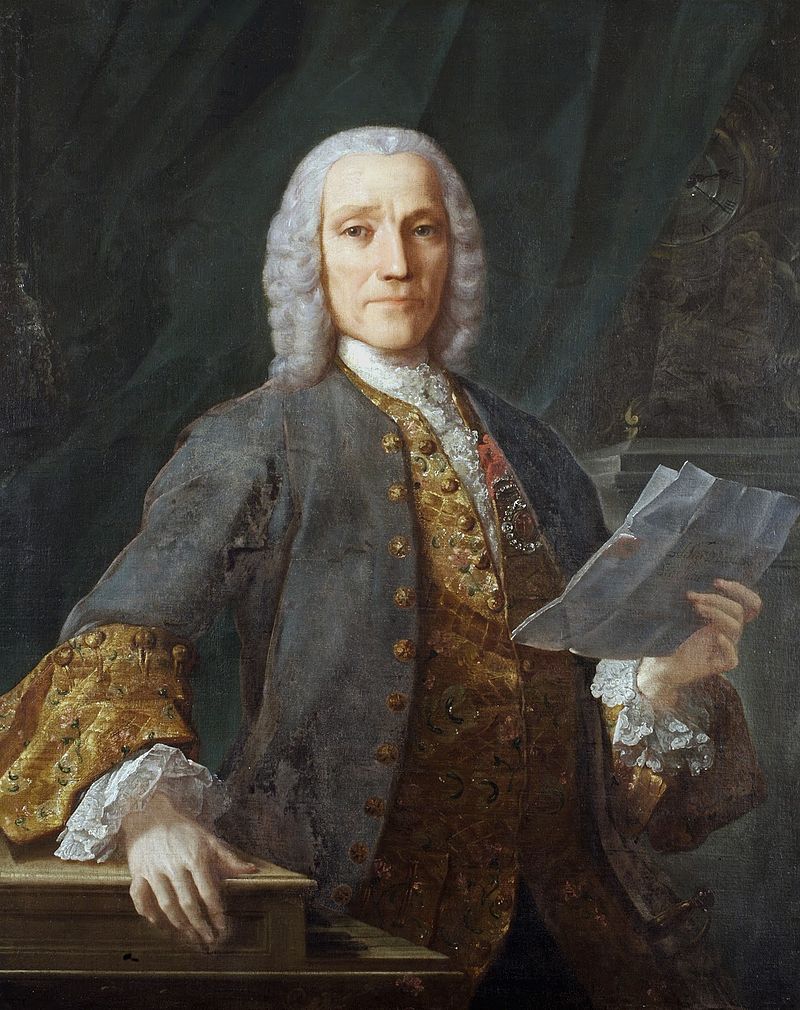
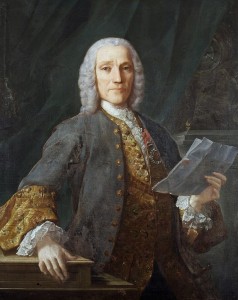
One response to “Scarlatti Marathon!”
Pretty! This was a really wonderful post. Thank you for providing these details. kattengekte.com